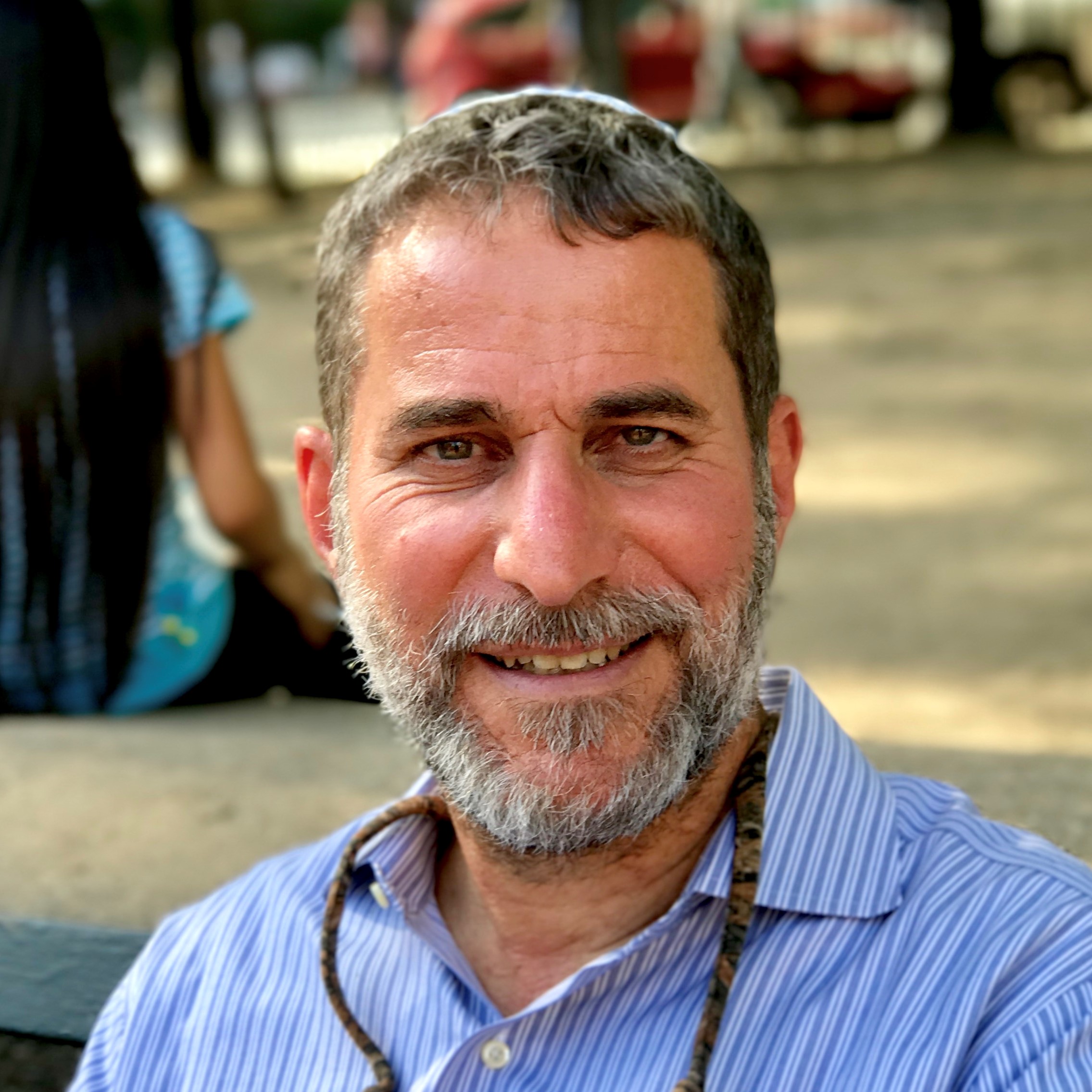Beit Midrash
- Torah Portion and Tanach
- Vayikra
- Achrei Mot
- Sections
- Chemdat Yamim
- Parashat Hashavua
If we look closer at the p’sukim, we find striking parallels between the descriptions of the two events. They both include fire/smoke and are events that took place during the entire night until dawn.
In order to understand the connection between these two events and its deeper lesson, let us first examine the Brit Bein Hab’tarim that took place in Chevron at the height of Avraham Avinu’s "first Aliya" (Bereishit 13:14-17). There are two distinct elements.
1) The blessing regarding his progeny. Hashem promises Avram that he will have an abundance of progeny – "like the stars." To this the Torah (ibid. 15:6) praises Avram, stating that he believed in Hashem and it was considered "tzedaka."
2) The covenant regarding the Land of Israel. Hashem promised Avram that He would give him the Land as an inheritance. Avram replied by asking: "How will I know that I will inherit it?" This answer needs further study (See Rashi, Ibn Ezra, Radak and other commentators, who grappled with this idea).
Then Hashem commanded Avram to take three calves, three rams, a turtledove and a common dove and split them down the middle. With the fall of night, Avram had a terrible vision, "a great darkness enveloping him." Here Avram received the prophecy that his children will be enslaved for 400 years in a foreign land. (This topic will be further explored in my next book, Tzofnat Shmuel and the Kingdom of King David)
But how is this prophecy reconciled with the historical events later described in the Torah? Weren’t Bnei Yisrael enslaved for only 210 years? Why in Shemot does the Torah relate that they were in Egypt for 430 years? Chazal, and Rashi in their footsteps, explained that the 400 years was from the time of Yitzchak’s birth and the 430 years was from the time of the Brit Bein Hab’tarim. What is the deeper meaning behind all of this?
Let us add that throughout the ages there were long periods when Egypt ruled over Israel. Even the rulers of the cities in Israel were not independent; they were vassals of the Egyptian Pharaohs. Evidence of Egyptian rule in Israel from the period of the forefathers and later have been uncovered by archeologists over the last hundred years. It should be noted that also during the War of Independence, the Egyptians reached the approaches of Jerusalem and the city of Ashdod.
Specifically during this time we remember the greatness of Hashem, even if there are times when we feel "a dread of darkness upon us." Next week we will continue to explain the topic at hand and how it all connects to Yom Ha'atzma'ut!

Let Your Animal Bring You Up, Not Down
Parashat Acharei Mot
Rabbi Yossef Carmel | 10 Iyar 5764

Inside Out Revisited
Rabbi Yossef Carmel | Iyar 5767

Be-Zot
Parashat Acharei Mot
Rabbi Eddie Abramson | 5766





















